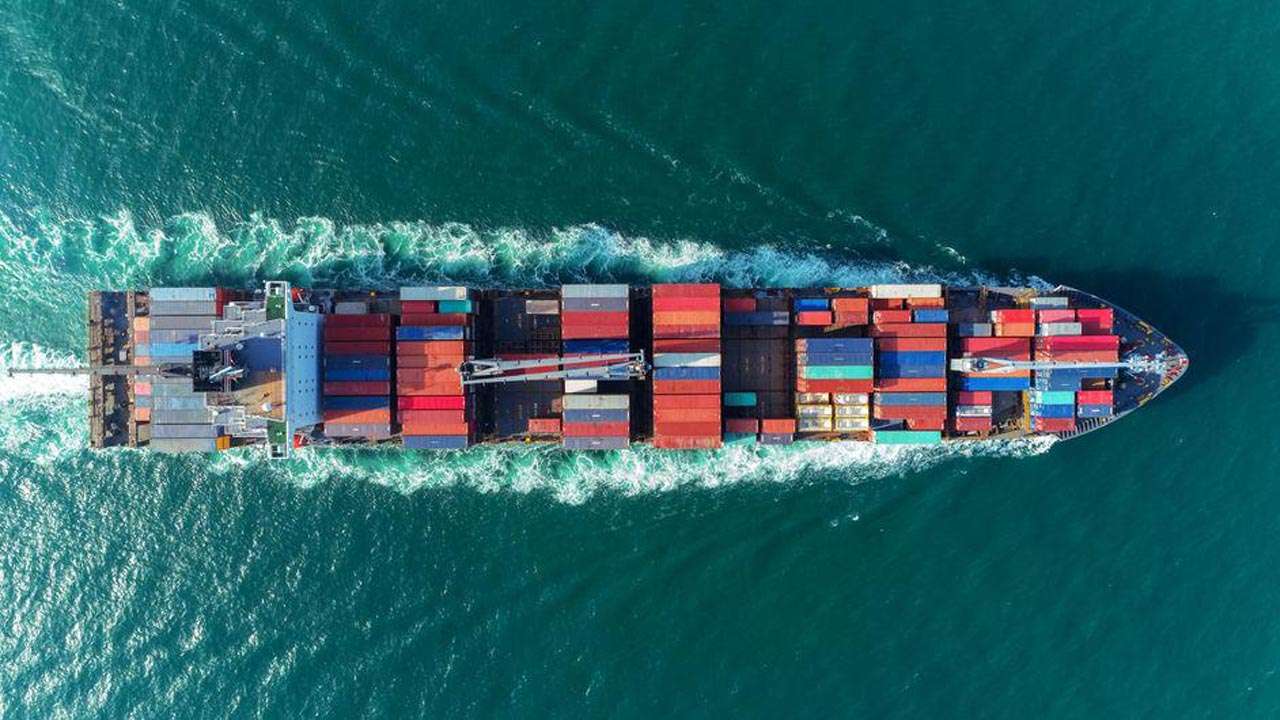Huge and sustainable gains in exports are impossible to acquire without achieving economics of scale in export industries. According to the Pakistan Bureau of Statistics [PBS] in January Pakistan’s merchandise trade deficit expanded up to $2.67 billion, showing a whopping 24.4 percent inflation in January 2020.
In the first seven months of this fiscal year, the accruing trade deficit totaled $15 billion an 8. 7 percent higher than the deficit in the previous year.
According to the State Bank of Pakistan providentially, in these seven months, home remittances rose to 24.1 percent per annum to $16.48 billion. This was more than enough to make up for the forex lost in the huge trade deficit.
The Merchandise export earnings of Pakistan comprise less than 50 percent of the imports inflating slowly, as well as imports expenses that are twice the quantity earnings, are rising rapidly.
Consistently, Pakistan has managed its trade deficit with remittances from expatriate Pakistani’s. Fortunately, the liquidity of remittances remains hefty. Yet their future angle is unpredictable for so many reasons one of which including the decline in export of the workforce.
With clarity, Pakistan needs a national policy to boost the volumes of earnings through exports whilst keeping the import bills in check. The impoverished performance of the merchandise exports is all due to deep structural issues. Imports cannot be incorporated amidst a moderate economic recovery under a politically troubled government.












